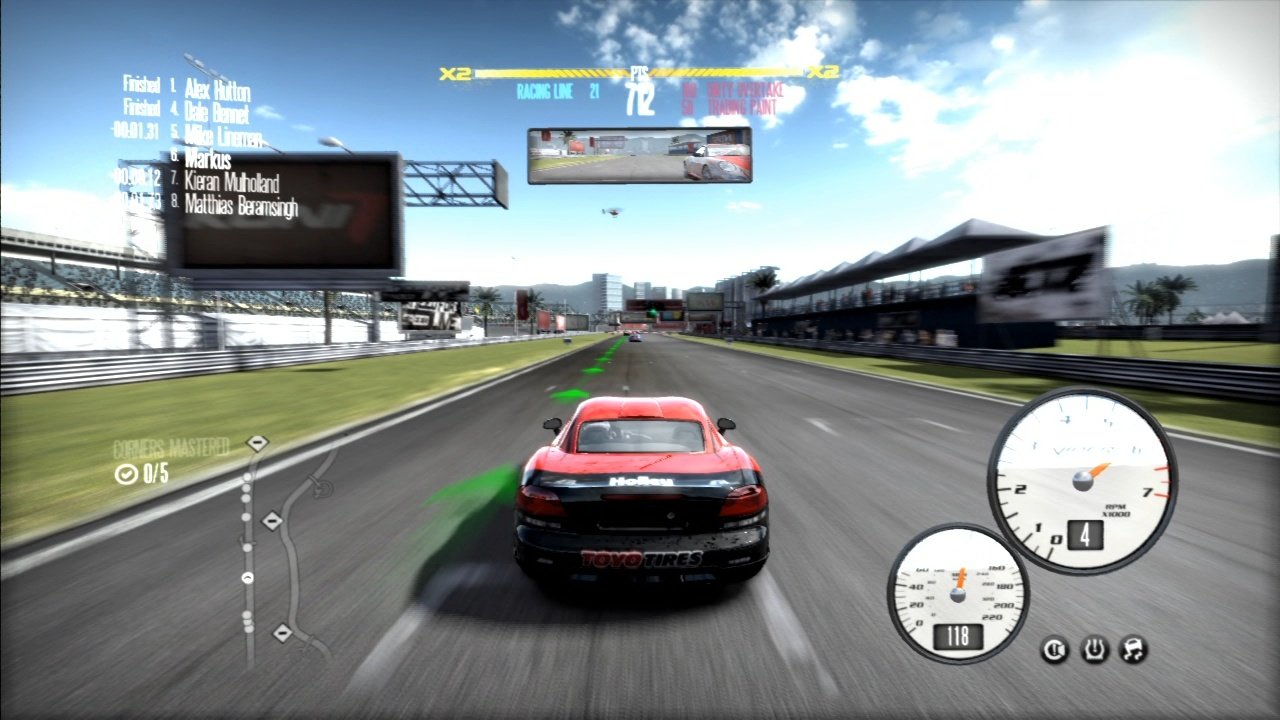
Did the car stay on the same path? Then you were either at the limit or over it, possibly way over it. Did the car's path tighten? If so, then you weren’t at the limit. Remember our definition of the limit? The only way to truly know if you are at the limit of traction is to change a driver input and see what happens. So if we know we want to always be at the limit in a corner, how can we ensure we are actually accomplishing that? It turns out the answer is actually quite simple, although often not very intuitive. The key takeaway here is that for ultimate speed through a corner, a car should always either be at the understeer or oversteer limit so that you’ve maximized the force the tires can produce. If the rear tires are what is limiting how fast a car can turn, then you have oversteer.

#Need for speed shift test video drivers#
In this example, it would most likely be the front tires that reached their limit first and many drivers understand this is called understeer. The tires have reached the maximum force they can generate. There would be a certain point when turning the steering wheel more would not make the car turn any tighter. A simple example would be a driver traveling at a constant speed and then progressively tightening the steering.

This may sound a bit technical, but it highlights the important role driver inputs play when searching for the limits of traction. “The limit” can be defined as when no change in driver input will cause an increase in tire force.


 0 kommentar(er)
0 kommentar(er)
